Indoor plants can transform your home into a green sanctuary, purifying the air and boosting your mood. However, not all plants are suitable for growing indoors. Some can be toxic to humans and pets, while others might bring pest issues or require too much maintenance. Understanding which plants are not ideal for indoor environments can save you trouble and ensure your home remains a healthy, safe space.
1. Oleander

Oleander is a beautiful flowering plant often found in gardens. However, it’s highly toxic, and even small amounts of its leaves or flowers can cause severe illness in humans and pets. It’s best to avoid growing this plant indoors, especially in homes with curious children or animals.
Why to Avoid:
- Toxic to humans, cats, dogs, and other animals.
- Requires bright sunlight, which is often not available indoors.
- Even the scent of the flowers can irritate sensitive individuals.
2. Dieffenbachia
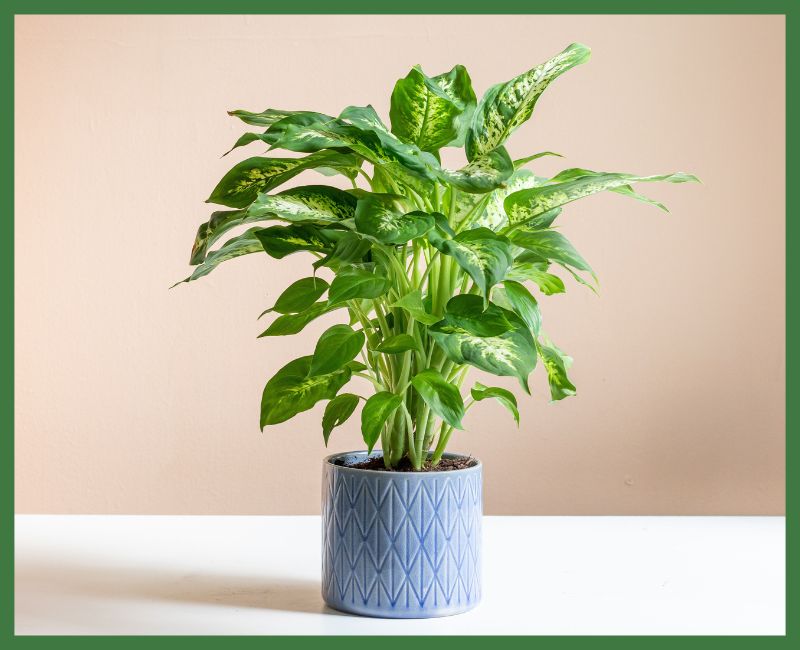
Dieffenbachia is popular for its large, attractive leaves and ease of care. However, its sap contains calcium oxalate crystals, which can cause painful swelling of the mouth and throat if ingested. It’s not recommended for households with pets or children.
Why to Avoid:
- Toxic to both humans and pets.
- The sap can cause irritation to the skin and eyes.
- Requires careful handling and should not be placed in areas where it could be accidentally chewed or touched.
3. Caladium
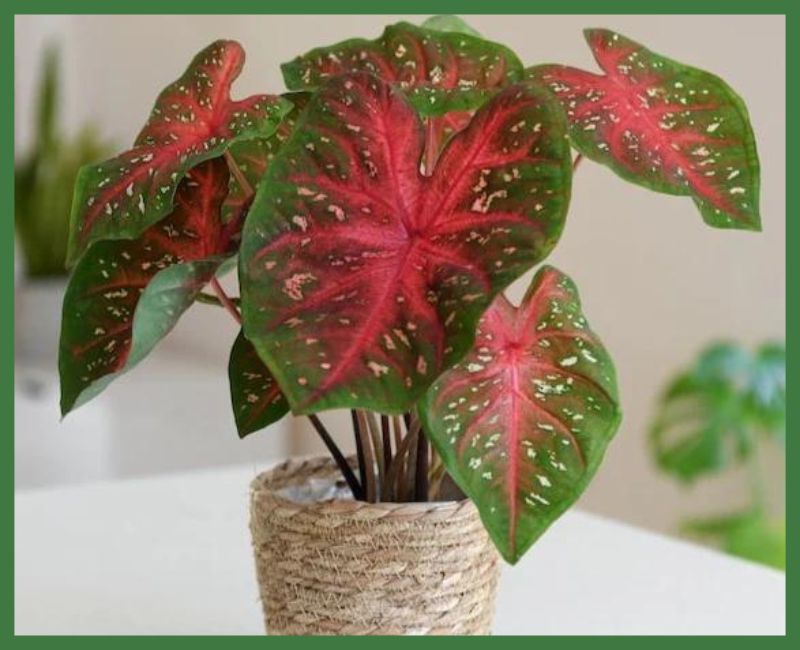
Caladium is known for its striking, colorful leaves. However, like Dieffenbachia, this plant contains calcium oxalate crystals, which are harmful if consumed. Even though it’s visually appealing, its potential to cause harm makes it a poor choice for indoor spaces.
Why to Avoid:
- Poisonous to pets and children.
- Requires high humidity and warm temperatures, which are difficult to maintain indoors.
4. Ficus Trees

Ficus trees are often kept indoors due to their aesthetic appeal, but they can cause allergies. The sap of Ficus trees can irritate the skin and trigger allergic reactions, especially in individuals who are sensitive to latex. Moreover, they can become invasive when placed near other plants.
Why to Avoid:
- Produces sap that can cause allergic reactions.
- Requires frequent pruning and maintenance.
- Susceptible to pests like spider mites, which can spread to other indoor plants.
5. Sago Palm
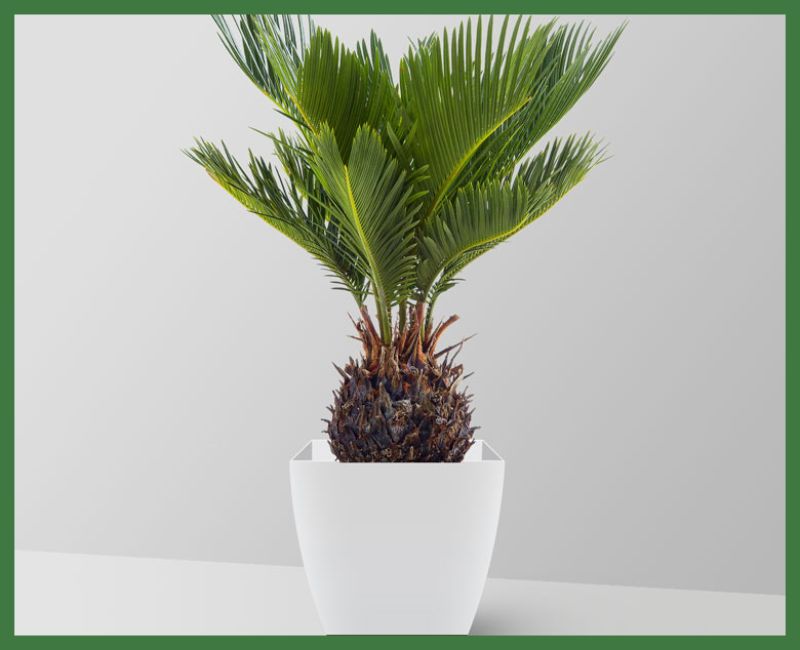
While the Sago Palm is visually attractive and gives an exotic feel to any indoor space, it’s extremely toxic. Every part of the plant, particularly the seeds, contains a toxin called cycasin, which is harmful to pets and humans if ingested.
Why to Avoid:
- Highly toxic to humans and pets.
- Requires specific conditions such as high humidity and bright, indirect sunlight.
- Grows slowly and can become difficult to manage in indoor spaces.
6. English Ivy

While English Ivy is great for purifying the air, it can become invasive indoors. It spreads quickly and can choke out other plants. Moreover, it’s toxic if ingested and can cause skin irritation for sensitive individuals.
Why to Avoid:
- Grows rapidly and can invade other plant areas.
- Toxic to pets and humans.
- Requires frequent trimming to keep under control.
7. Azaleas

Azaleas are known for their stunning blooms, but they are highly toxic. Ingesting even small parts of the plant can lead to severe symptoms like nausea, vomiting, and heart problems. Their high maintenance needs also make them unsuitable for indoor growth.
Why to Avoid:
- Highly toxic to humans and pets.
- Requires acidic soil and high humidity, which is difficult to maintain indoors.
- Susceptible to pest infestations and diseases.
8. Cacti

While cacti are often seen as low-maintenance indoor plants, some varieties, like the Cholla or Prickly Pear, have spines that can cause painful injuries. They may not be ideal for homes with pets, children, or high-traffic areas where someone might accidentally brush against them.
Why to Avoid:
- The spines can cause injury if handled carelessly.
- Not suitable for homes with pets or children.
- Some varieties require bright sunlight, which may not be available indoors.
9. Peace Lily
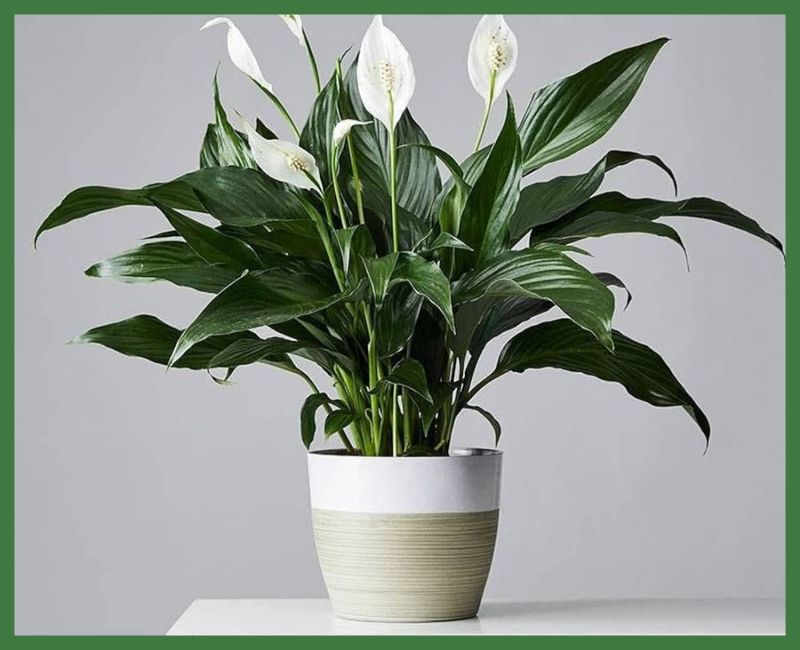
Though Peace Lilies are often praised for their air-purifying qualities, they are toxic if ingested by pets. The plant contains calcium oxalate crystals that can cause severe irritation in the mouth and throat.
Why to Avoid:
- Toxic to pets like cats and dogs.
- Requires frequent watering and humidity levels that can be hard to maintain indoors.
- Can develop mold if overwatered, which can affect indoor air quality.
10. Philodendrons
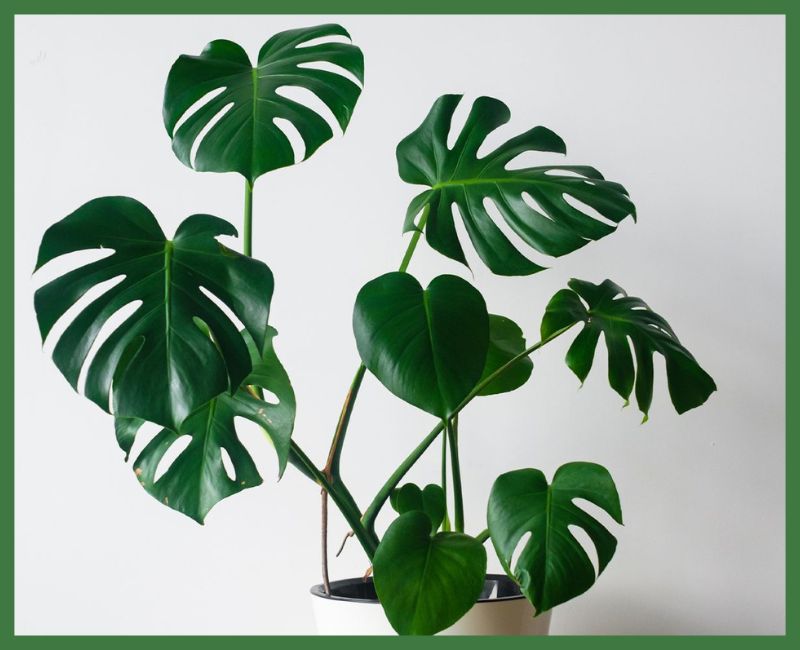
Philodendrons are commonly used as houseplants due to their easy care, but they contain toxins harmful to both humans and pets. If the leaves or stems are ingested, it can lead to oral irritation, difficulty swallowing, and swelling of the throat.
Why to Avoid:
- Contains toxins harmful to pets and children.
- Requires specific light conditions, with too much direct light leading to scorched leaves.
- Can develop root rot if not cared for properly.
Seasonal Care Guide for Protecting Balcony Plants During Cold Weather
Even though your balcony plants may be thriving during warmer months, cold weather can bring challenges. Here’s how to protect your balcony plants during winter:
1. Move Them Indoors
If your plants are in pots, bring them indoors as temperatures drop. This is especially important for tropical or sensitive species that can’t tolerate frost.
2. Provide Insulation
For plants that can’t be moved indoors, wrap their pots with bubble wrap or thick cloth to insulate the roots from the cold. You can also use mulch around the base to keep the soil warmer.
3. Reduce Watering
Plants go into a dormant phase during winter and don’t need as much water. Overwatering during this time can lead to root rot. Only water when the topsoil is dry.
4. Ensure Proper Lighting
With shorter days, plants will receive less sunlight. Move them to brighter areas or consider using grow lights to supplement their light needs during winter.
5. Protect From Wind
Cold winds can be damaging to plants. Move them to a sheltered part of the balcony, or create a windbreak using a screen or tall pots.
By being mindful of which plants not to grow indoors, you can create a safer, healthier environment for both you and your loved ones. While these plants may look appealing, it’s always best to research their properties to avoid any potential risks.





